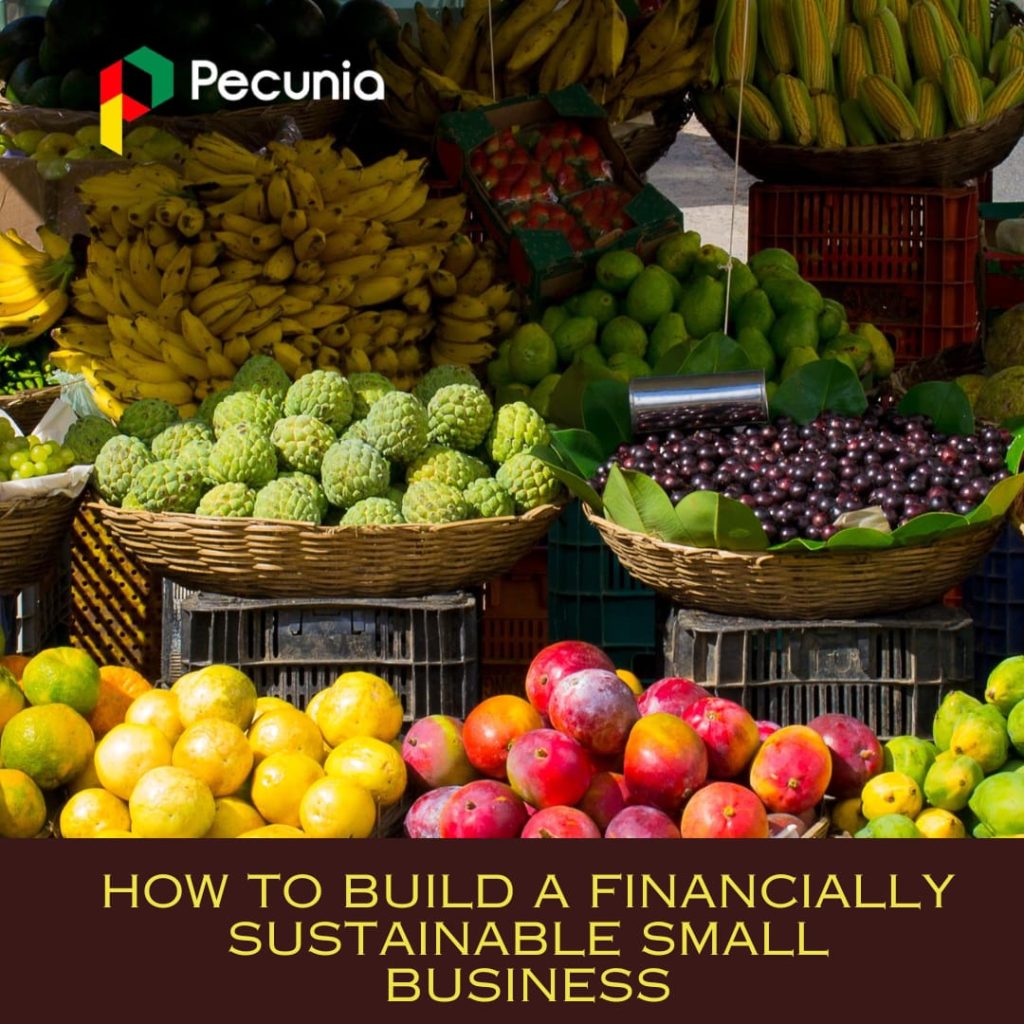
It’s almost getting to the D-day and Kunle seems to be the only excited person on campus. He had added a countdown to his Google calendar and didn’t seem to be able to wait any longer for the graduation day.
Kunle had completed his 4-year course in business Administration and was ready to launch his business. He had been enthusiastic about starting his own business right from the day he gained admission in school. All his years in school, he had always saved extra money given to him from family and friends.
Kunle had read quite a number of literatures on how to start out his business. He felt fully prepared and was ready to start out BIG!
Starting out a service based business, he rented a luxurious office space, hired 12 permanent staff and spent more time ensuring the office was welcoming and spoke volumes.
Over time, he discovered the cash flow was not coming in as he expected. The expenses were now bigger than the income. Kunle laid off some staff but that only resulted in equalizing the expenses to the income.
At this point, Kunle was in the deep blue sea. He wasn’t sure of what to do next. Fortunately, while scrolling through his instagram feed, he heard of the business accelerator program and decided to attend. Upon attending, he met with one of the business consultants who he narrated the challenges of his business to. The business consultant guided Kunle through the most important things his business should put in place and some of the mistakes he made while launching out.

KEY STEPS TO ESTABLISHING AND MAINTAINING A FINANCIALLY SUSTAINABLE BUSINESS
1. Create a detailed business plan:
It’s important to clearly define your business goals and the strategies you will use to achieve them. Also, outline your financial projections, including revenue streams, expenses, startup costs, operating expenses, and projected revenues. This will serve as a GPS to get your business going.
2. Hire the best people to represent your business:
It’s crucial to invest in hiring the right type of people that will embody the mission of your company.
Investing in the people who can’t represent the values of the company can bring in losses in the long run.

3. Manage Cash Flow:
One of Kunle’s challenges was inability to manage cash flow effectively. To build a financially stable business, you should build a cash reserve to handle unexpected expenses or economic downturns. Make sure to monitor cash flow so that there will be sufficient funds to cover operating expenses.
Also, separate personal and business finance by opening a dedicated business account.
4. Create multiple revenue channels:
When building a business, it’s important that you don’t depend on one source of income. For instance, if you are selling a product, you can provide additional services such as subscription fees to increase your revenue channel.
5. Avoid Overspending:
When building a business, it’s easy to get carried away by sufficient cash flow. It’s important to note that an increase in cash flow doesn’t imply an increase in lifestyle. Be careful not to ratchet your lifestyle so that your business doesn’t get stuck. There will be a time you may need to re-invest your profit back to your business.
6. Invest in marketing and customer relationship management:
The tendency of a business to grow is dependent on its marketing. As a business, you should develop a solid marketing strategy to attract and retain customers.

7. Manage Debt Wisely:
One of the ways to build a financially stable business is by ensuring that high interest loans are paid off quickly and unnecessary debt is minimized drastically. Also, use debt to strategically invest for business growth and expansion. From time to time, review and manage outstanding loans or credit lines.
8. Don’t do everything yourself:
You can’t afford to shoulder the whole responsibilities of a business enterprise yourself. This is not sustainable and could lead to you burning out. As a business owner, look out for ways to automate some processes, delegate others and supervise the process.
9. Get your team engaged in the vision:
It’s one thing to have a sustainable vision as a business owner, it’s yet another to communicate this vision to your team. The key to building a sustainable business is to get each team member at all levels engaged in your vision. Let them know what their benefits are if they run with the vision. This can keep them motivated while they pursue the business vision.
10. Focus on value proposition:
Value proposition is a simple statement that summarizes why a customer would choose your product or service.
Creating a value proposition may be quite simple but actualizing it may be demanding. As a business, identify your unique value proposition by offering a solution to your customer’s problem.
MISTAKES TO AVOID WHEN BUILDING A FINANCIALLY SUSTAINABLE BUSINESS
1. Overlooking the importance of marketing:
No matter how good a product is, without proper marketing, it may not sell in the marketplace. A fairly good product may be in higher demand than a better product because of a good marketing strategy put in place. You must not underestimate the place of marketing when building your business.
2. Fast expansion without proper analysis:
Expanding your business demands that you put solid structures in place. Scaling the business too rapidly without putting structures in place can lead to financial instability and can strain resources.
3. Ignoring customer feedback:
In business, the customer is king. Customer satisfaction is crucial for building a financially sustainable business. Never disregard a customer’s feedback or preference.
4. Ignoring market research:
To build a financially stable business, you must do market research, to identify the problem of the customer, so as to proffer a solution. Failing to do market research can result in offering products or services that don’t meet customer demands, and this can lead to a failure in business.
5. Over reliance on a single customer:
relying heavily on a single customer can lead to a business failure once that customer is lost. Work on getting new customers by investing in marketing.
6. Not automating business tasks:
A lot of business owners still do things manually. Take advantage of technology by using software that supports your business. This can help in automating some processes and reduce stress in the long run.

7. Forgetting to set aside money for Expenses:
When you get the first sales or a couple of sales, you shouldn’t spend all the money. Remember to set aside money for taxes, marketing for the next job, and savings for rainy days.
With all these well explained Kunle understood his mistakes and made up his mind to implement each of them. As a business owner, it’s important to carefully implement these keys and avoid these potential pitfalls. Always reassess your strategies and be willing to adjust your approach when needed.